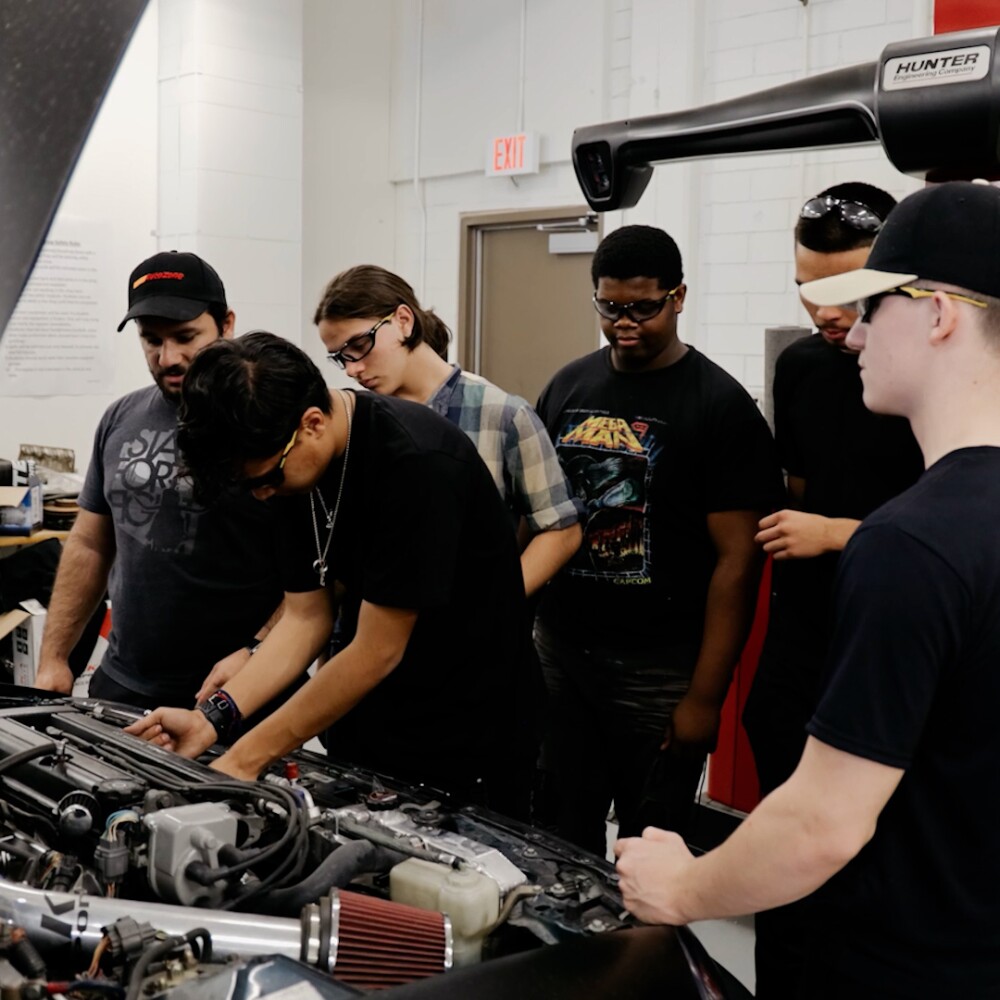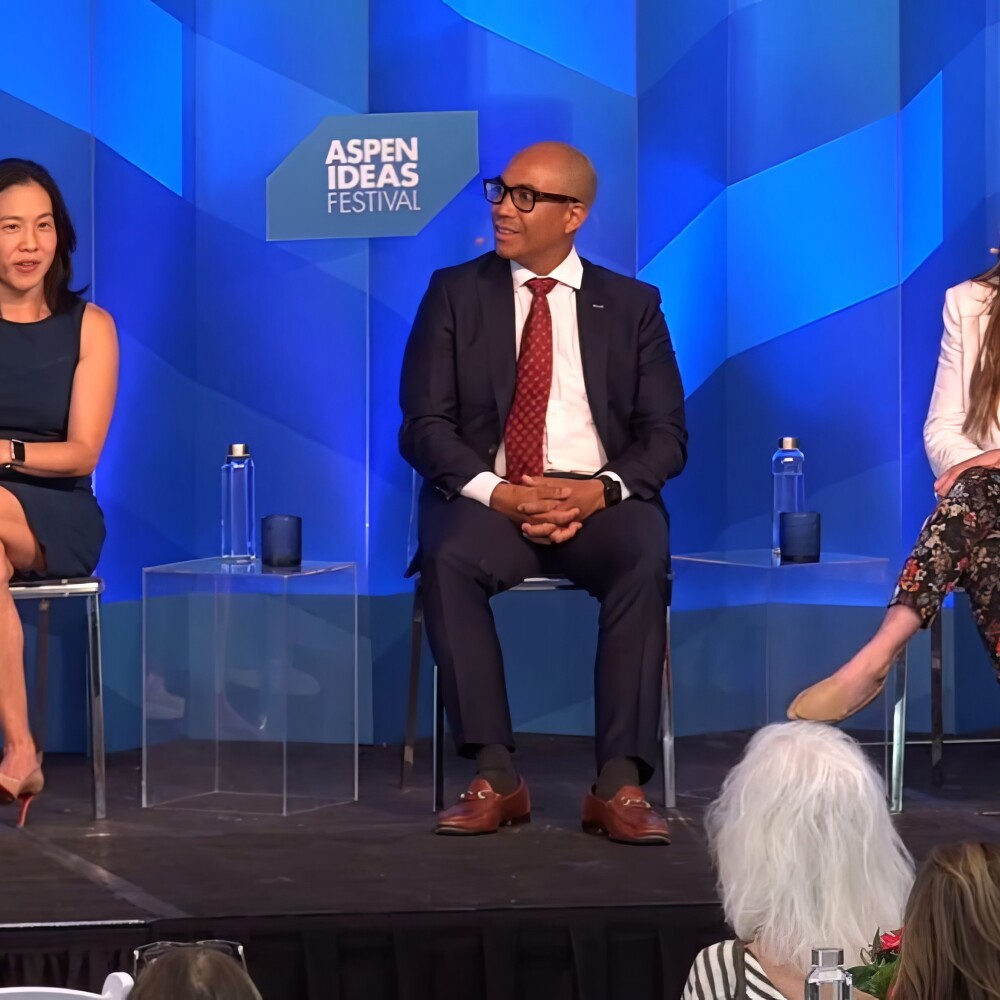For Instruction Partners, a great education is all in the delivery. The self-described “instruction nerds” rely on a mountain of school and student data and years of experience in the field to improve teacher development and accelerate student learning in schools across the country.
When the pandemic struck, their partner schools – many of which serve high-needs learners – were forced to reprioritize around the most basic needs of their community, from meals to medical care. In this moment of national crisis, schools faced greater challenges ensuring students could access K-12 curriculum.
In response, Instruction Partners shifted their staff into a new stream of work – curating “Grab and Go” instructional materials released once a week, which included grade-level assignment bundles alongside instructions for parents and caregivers. With many students lacking access to the internet or connected devices, each bundle was printable, creating an accessible, analog option for every student.
“Grab and Go” was supported by a Walton Family Foundation COVID Relief Fund grant and quickly became the core pandemic curriculum for many schools. To date, the materials have been downloaded more than 12,000 times.
I talked with Instruction Partner’s CEO Emily Freitag to learn more about how her organization successfully pivoted to meet the needs of schools and families – and how this flexibility continues to inform their work.
What is the mission of Instruction Partners?
We started Instruction Partners because we think instruction matters. In my former life, I was assistant commissioner for the Tennessee Department of Education, and I found that so many of our school leaders really carry this imposter syndrome—they feel like they should know things about supporting effective instruction that they don’t. If we want to strengthen outcomes in our country, we have to support those leading this work through three big levers—materials, professional learning opportunities and school data collection. Our organization works with school partners to create the right conditions for teachers and students to do their best work.
When the pandemic hit, what were your fears for K-12 education?
My husband works in hospitality forecasting, and around December of 2019 he was up at night panicked about what he was seeing. It helped prime me for the fact that this crisis was real, and coming. We actually started preparing for a shutdown in February. I had supporters calling me, asking if I had lost my mind.
When the worst happened, we tried to rely on a phrase common to special education, that “school is not a place, but a service.” All of our partners were very much in a “hierarchy of needs” mindset, first ensuring safety, nutrition and so on. We couldn’t help with that – we don’t serve meals. But we all wanted to be of service in this moment of community crisis, so we stayed as close to our partners as possible, at first acting almost like a chief of staff to school systems as they sorted out their planning. It helped us to understand what they needed.
Tell me about the “Grab and Go” materials you curated.
Instruction Partners doesn’t develop curriculum, nor do we aspire to, but we quickly realized there were a lot of school systems that had so many issues to navigate, they couldn’t even figure out what to send home.
We knew from our partners that the most common challenge they were up against was asynchronous learning for kids who had no laptops and no internet. We reshuffled our team into grade-level groups. We began combing the best open-source curriculum we could find, creating a Week 1 packet of materials for both students and teachers. That first week, there was a huge spike in downloads, so we kept layering in complexity for another eight weeks.
For a lot of kids, school is their sense of purpose. We wanted to make sure that even through remote learning, educators could rely on school materials that helped create a sense of connection and purpose in their days of isolation. “Grab and Go” became an option for schools and families where the alternative was no learning at all. It felt like an immediate solution, built for that moment.
As schools move out of what you call “crisis phase” and into “recovery phase,” where do you see K-12 education headed?
Whether your district was out for three months or a year, that interruption was a vivid reminder that school is critical to our society in so many ways — childcare, community, socialization – it showed us the cost of not being together.
I worry a lot about the class of 2032. Our country’s future is on the line. I believe this future will come down to the daily instruction and school experience of our current second graders, who lost two critical years. We have to continue to believe in the extraordinary potential of every child and make sure we are supporting their learning well.



